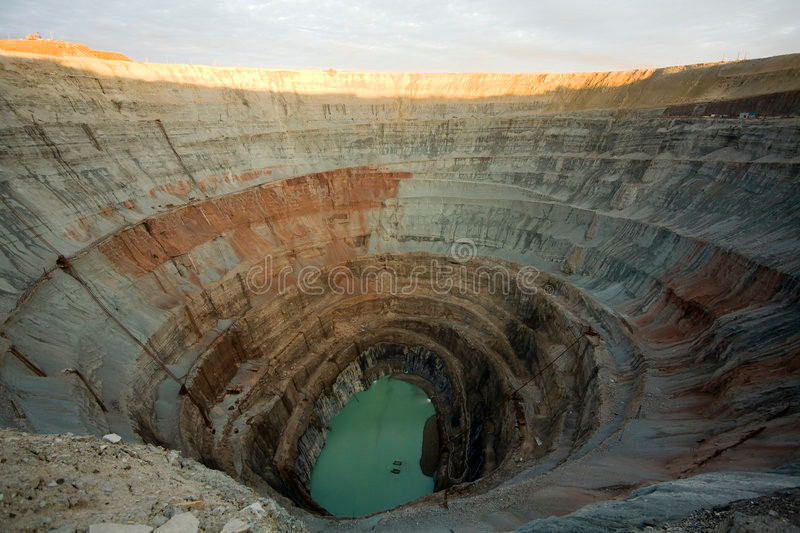-
Ecologists have determined that landscape edges—boundaries separating one type from another—have higher biological diversity and productivity than do the areas on either side of them. These transition zones are important to animals: mammals, birds, reptiles, insects, and fish. In terrestrial ecosystems edges are found between woodlands and grasslands and between forests and meadows. In aquatic ecosystems the edges are stream and river banks and pond and lake shores; the edges separating aquatic and terrestrial ecosystems are called riparian zones.
-
There are many animal species whose population numbers bring them to the attention of resource agencies and others; e.g., Greater sage-grouse, Oregon spotted frog, Lahontan cutthroat trout. Some of these species are listed under the ESA, others are not; in both cases accurate estimates of population size and limiting factors are critical for informed policy and management decisions. Correctly measuring population size and the factors affecting it is not always obvious because of the data formats and mathematical formulation of the statistical models.
-
Standards for Non-Potable Water Quality
Categories: Estimated reading time: 2 minutes
Chemical standards are appropriate for human drinking water sources, but generally not for non-potable waters supporting fish and wildlife. This is because water chemistry is highly variable, measurements are isolated in time and space, and point measures are difficult to interpret as suitable for fish and wildlife. Biological-based standards of water quality are more appropriate because the presence of aquatic organisms reflect water quality integrated over time and space. Biological water quality measures have been of interest to environmental scientists and regulators for about 40 years. -
The Fate of Biological Data: Too Little Information
Categories: Estimated reading time: 3 minutes
It is widely accepted that raw data need to be converted to information (commonly by statistical analyses) and the results interpreted to form knowledge before informed decisions can be made. With biological data this process is not followed as frequently as it should. Modern spatial analyses and statistical models can provide valuable and useful information that is otherwise lost. Biological data are counts, presence/absence, proportions, and frequencies. They are not continuous variables with a true zero so the familiar parametric statistics cannot be used. -
Water quality matters for humans, livestock, fish and wildlife, and plants including food crops. Too often policies and regulations are ineffective while restoration projects fail to achieve intended goals. The problem is seen in environmental impact assessments, point- and nonpoint-source discharges, and Superfund sites. While some reasons for failure are project-specific, three common and easily avoided reasons are the lack of knowledge about spatial and temporal distribution of the chemical of concern, no information about the causes and amount of variability, and the focus on concentrations at a local point rather than on the entire ecosystem.
-
What is a Species?
Categories: Estimated reading time: 9 minutes
For enforcement of the Endangered Species Act federal regulators (the Fish & Wildlife Service and NOAA Fisheries/National Marine Fisheries Service) consider local populations and management units (stocks) to be species, regardless of biological theory. NOAA Fisheries calls these small groups “Evolutionarily Significant Units” (ESU); the US Fish & Wildlife Service calls them “Discrete Population Segments” (DPS). These political definitions affect how decisions are made regarding ESA-listed biota in the areas where businesses have their operations.
← Previous
3 of 3


